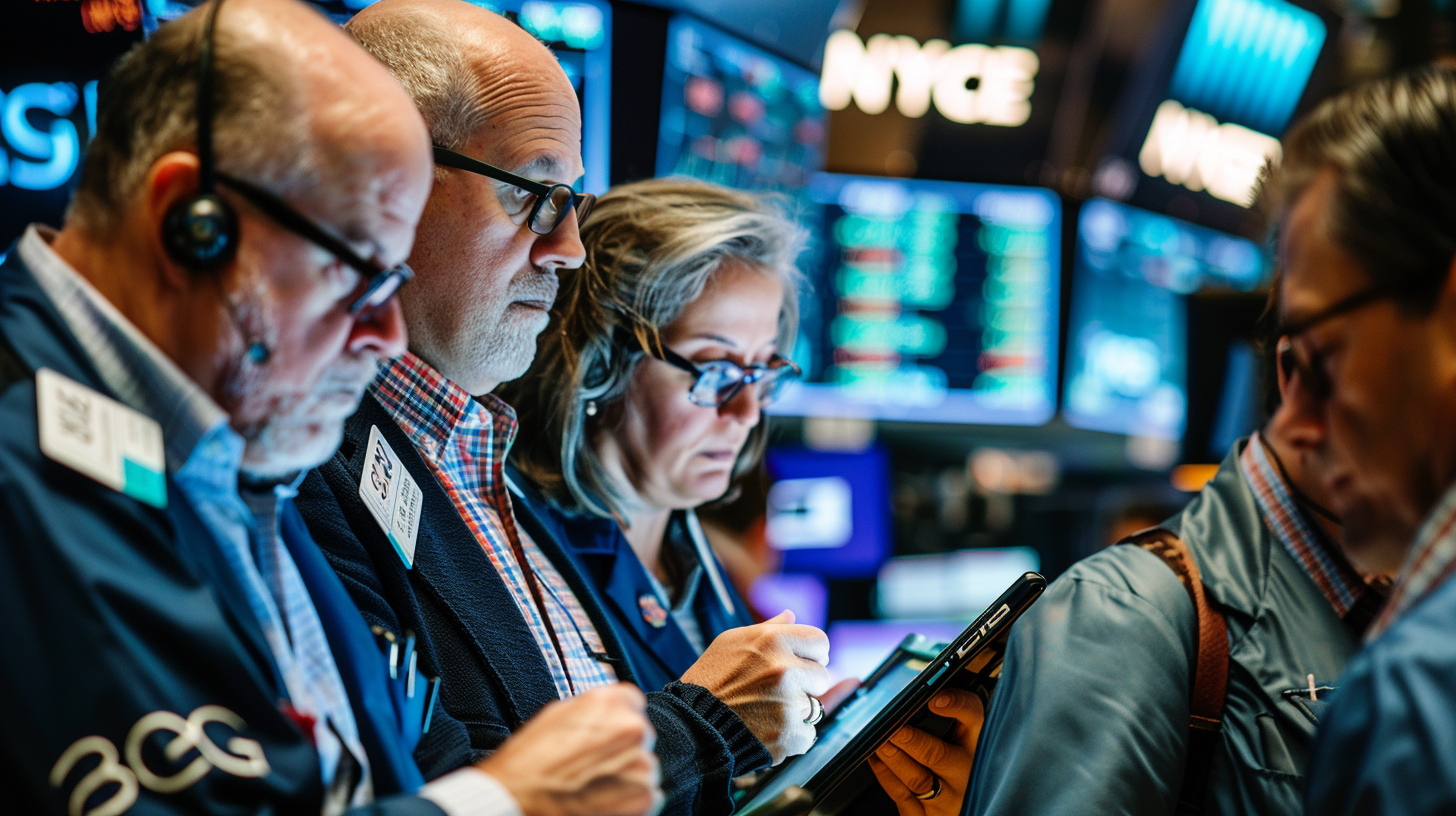The New York Stock Exchange experienced a technical glitch this morning that triggered trading halts in dozens of stocks, including big names like Chipotle, Berkshire Hathaway, and the meme stock GameStop. The issue stemmed from problems with the price bands published by the Consolidated Tape Association, which are used to prevent excess volatility by pausing trading if prices move too far too quickly.
While the specific cause is still being investigated, the timing raised concerns given the recent move by U.S. stock exchanges to a one-day settlement cycle last week. This SEC-mandated change requires trades to be settled one day after execution instead of two, compressing timeframes for transferring securities.
Regulators and market participants have been on high alert for potential snags as systems adapt to the new settlement cycle. Today’s incident underscores the critical importance of robust trading infrastructure and risk controls as market practices evolve.
Halting Mechanism Kicks In
At around 11am ET, the NYSE listed over 60 stocks as temporarily halted due to hitting their “limit up, limit down” (LULD) bands, which are circuit breaker levels to prevent extreme price swings. While some of those may have been unrelated cases of normal volatility, many were likely impacted by the pricing data issue.
The stock seeing among the biggest volatility was GameStop, which spiked over 70% at the open before being halted. Speculation swirled that investor Keith Gill, known as “Roaring Kitty” from the 2021 meme stock frenzy, may have taken a large new position.
Trading resumed around 11:45am after the exchange confirmed the pricing data problems had been resolved. While temporary, such disruptions can impact market quality, trading execution and risk management for investors and firms.
Need for Resilient Systems
As financial markets continually evolve, today’s problems highlight the crucial need for exchanges, trading platforms, and market participants to have ultra-resilient, glitch-proof systems able to adapt flawlessly to changes. Even brief failures can undermine market confidence and integrity.
While technological errors are inevitable at times, regulators and investors alike will be scrutinizing today’s NYSE issue and responses carefully. Having rock-solid trading infrastructure and controls in place to prevent and handle disruptions seamlessly is essential for maintaining fair, orderly and efficient markets.
Want small cap opportunities delivered straight to your inbox?
Channelchek’s free newsletter will give you exclusive access to our expert research, news, and insights to help you make informed investment decisions.

